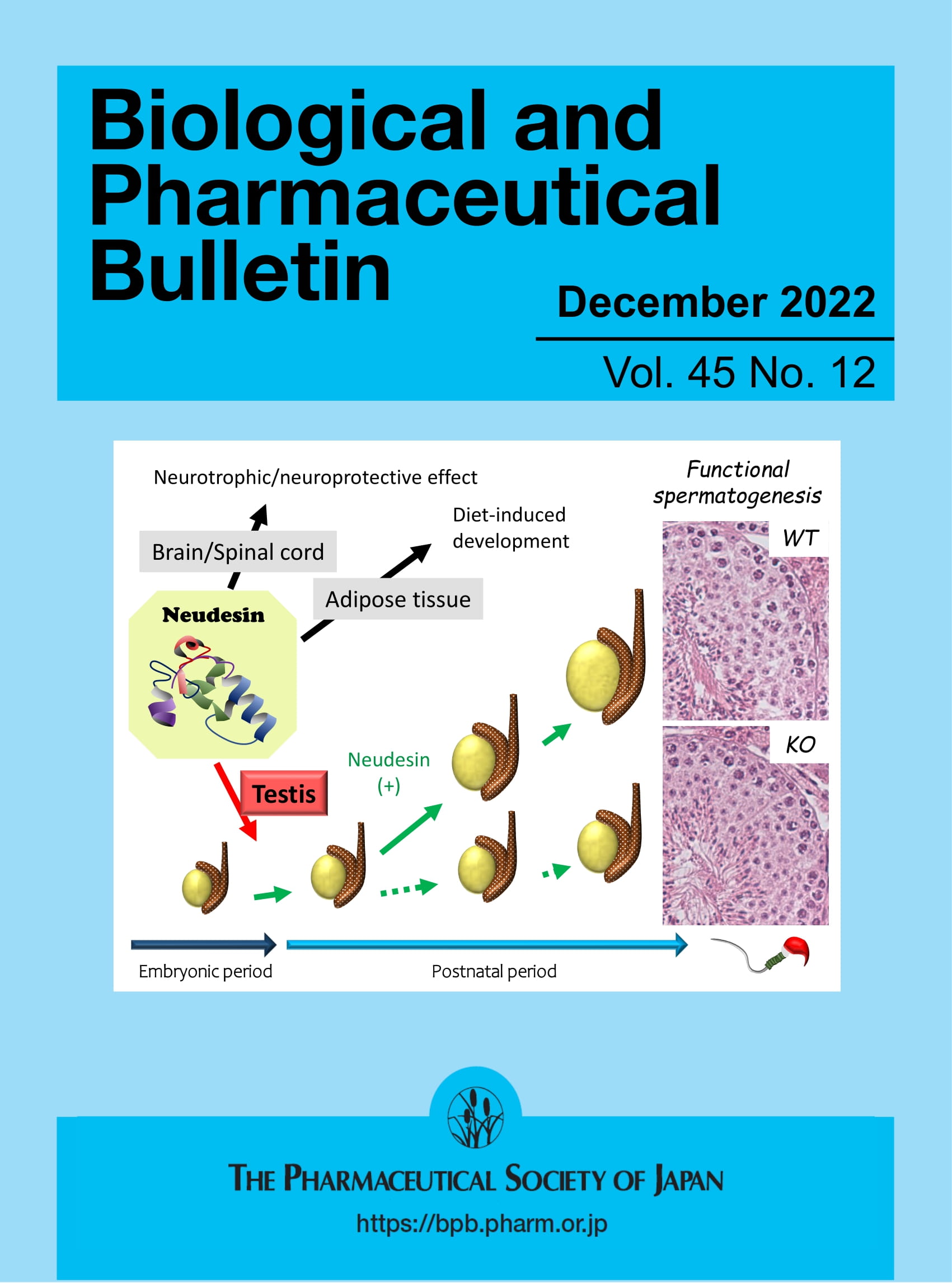Precision Chemotherapy: Optimizing Calibration for Rapid Determination of Blood Methotrexate by Tandem Mass Spectrometry ± Liquid Chromatography
Abstract
Background
Rapid therapeutic monitoring of high-dose methotrexate (MTX) chemotherapy is essential to avoid toxicity. MTX concentrations are commonly monitored using immunoassays that are limited by narrow dynamic range and metabolite cross reactivity. Mass spectrometry may improve the molecular specificity of MTX analysis but is limited by slow throughput and extensive calibration. In this study, we examined the consequences of eliminating LC from MS/MS and foregoing external calibration to enable rapid determination of MTX.
Methods
MTX (m/z 455 → 308), was assessed using UPLC–MS/MS or flow-injection MS/MS using a six-point external calibration scheme with a single deuterated internal standard, 4-point internal calibration using 13C5, 13C6, 13C11, and 13C14-MTX, or by single point calibration with the single deuterated internal standard. Accuracy, precision, and resistance to hemolysis, icterus, and lipemia were compared with immunoassay.
Results
Across all six injection/calibration schemes, imprecision ranged from 2.5% to 10% (CV) from 0.05–10 μM. Regardless of calibration scheme, MS/MS ± LC was more resistant to interference from hemolysis and bilirubin than immunoassay. MS/MS ± LC determination of MTX was compared with immunoassay in 81–100 plasma specimens with MTX concentrations ranging from 0.05–81 μM. Intercept estimates all included zero with 95% confidence. Estimates of slopes versus immunoassay for each of the six analytic approaches ranged from 0.88 to 1.09.
Conclusions
Eliminating LC and external calibration enabled rapid, precise, and accurate determination of MTX concentrations in plasma. Minimalist but robust approaches such as these may enable the use of MS for routine MTX determination in time-sensitive clinical circumstances.




 求助内容:
求助内容: 应助结果提醒方式:
应助结果提醒方式:


